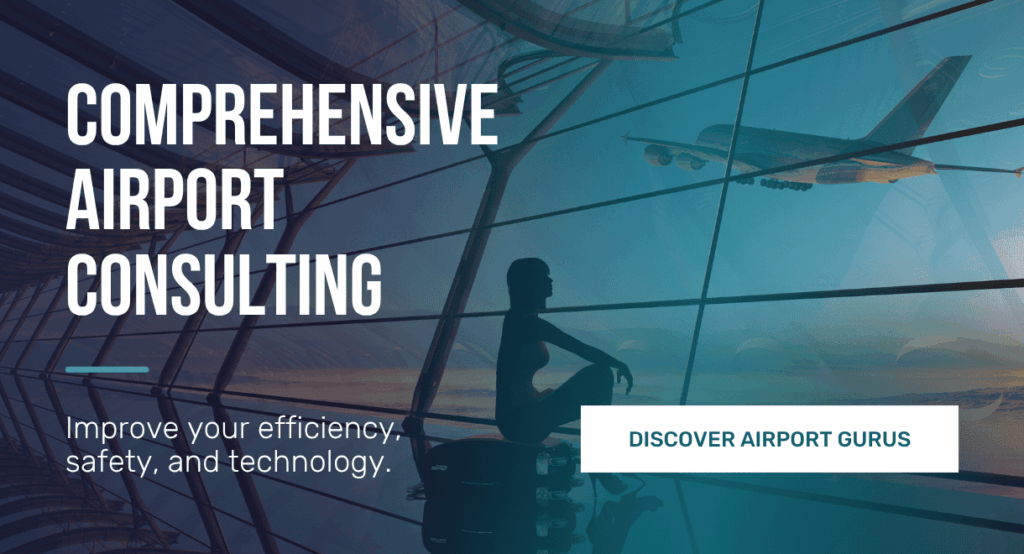Have you ever stopped to wonder how airplanes do not crash into each other in the crowded airspace around an airport or at 35,000 ft? The simple answer lies with skilled, focused, and precise air traffic controllers who guide and manage aircraft alog the flight.
Therefore, every time you fly, you owe the smooth journey to the professionals in air traffic control, who make sure everything goes smoothly during the entire flight.
Controllers do more than just manage flight traffic, they also evaluate and monitor factors, weather conditions that can affect a plane’s performance and flight. To help you understand what is a air traffic controller, stick around as we explore the crucial roles they play in maintaining the safety, efficiency, and reliability of air travel.

What is an Air Traffic Controller?
An air traffic controller is a highly trained worker who directs and advises pilots throughout takeoff, landing, and navigational procedures performed by pilots to keep aircraft and passengers safe. The controller oversees and guides the movement of aircraft at control towers, approach control centres, and en-route centres.
The main role of air traffic controllers is to regulate the flow of aircraft, ensuring safe and efficient movement through all phases of flight. They use radar, modern communication equipment, and computer systems to monitor planes’ whereabouts, authorise safe flight paths, and keep in touch with pilots at all times.
There are three main types of air traffic controllers:
- Tower Controller: Take-offs and landings are authorised.
- Approach Controller: They order the arrival and departure of aircraft so that they do not cross paths. They give vectors and authorisations to enter the ‘approach routes’ or leave the area.They serve as the link between area controllers and the tower controllers.
- Area Controller: Also known as an en-route controller, they often assist pilots when they are in the cruise phase.
If you’re wondering what is the age limit for air traffic controller roles, it typically varies depending on the country, but most civil aviation authorities require candidates to start training before their early thirties to ensure long-term service and maintain high-performance levels in such a demanding job.
The Importance of Air Traffic Control?
Ensuring Safety
Travelling by air is the safest form of transportation due to the many safety measures put in place to prevent accidents. That said, operating an airplane is considerably different from operating other modes of transport due to the complexities of operating at high altitudes and the numerous variables that can impact flight conditions.
Of those variables, weather may be the most unpredictable. We still have a long way to go before we can reliably forecast the weather, even with today’s sophisticated tools.
While current meteorological methods allow for quite precise forecasts, there is always the possibility of mistakes, particularly when dealing with numerous factors. This is where air traffic controllers provide an essential layer of safety and support.
Air traffic controllers are involved in guiding planes across a wide range of situations. This includes during bad weather or other extreme emergencies. Air traffic controllers are there for the benefit of the pilots so that they can focus solely on flying the aircraft.
Managing Flight Flow
Air traffic controllers, as the name implies, are responsible for coordinating flights in the sky. Each plane must fly its own unique path, free of interference from other planes, making this a crucial duty.
To achieve this, air traffic controllers adjust the aircraft’s. Although pilots have access to a number of onboard tools that can assist with this, air traffic control is there to make the pilot’s job easier. The ATC keeps track of all the local traffic data and can even relay messages to other adjacent air traffic control towers to confirm or warn them.
Another key aspect of their work involves managing airspace restrictions. Air traffic controllers ensure that pilots remain clear of restricted or dangerous zones, which is an essential aspect of maintaining safety and regulatory compliance. By relaying timely and accurate information, the controllers help pilots make informed decisions and maintain strong situational awareness throughout their flights.
Providing Emergency Support
As mentioned before, air traffic controllers have the means in place to help pilots in the event of an emergency. If there was an engine failure in flight, for example, the duty of the pilot is to quickly work out where the nearest airport or a suitable landing strip is to land safely.
In such an instance, the air traffic controller will remain attentive to providing assistance to the pilot in distress, directing the pilot to utilise the maximum extent of navigation and aircraft direction to arrive at a place to land safely.
However, controllers do not take over the decision-making process of the pilot; instead, they only assist with navigation and directing the pilot so that they can get to a safe place to land.
Air traffic control (ATC) will only become involved in the situation after a pilot has decided on the proper course of action. The controller will then update the navigation data as needed and coordinate with other ATC towers in the area, when necessary. This informs all appropriate facilities the airplane’s location and status, so the pilot can be able to make a safe emergency landing.
Conclusion
Every day, the safety of millions of air travellers rests in the hands of air traffic controllers who work tirelessly behind the scenes. They are the silent heroes of the aviation industry, the foundation of its reliability, efficiency, and safety.
Their expertise, dedication, and unwavering focus on safety make them indispensable to the smooth operation of air travel worldwide. As more and more people travel by air around the world, the skies will become busier, making air traffic controllers involvement even more important for global air travel safe to be safe and efficient.
Have questions or want to learn more? Contact us here.